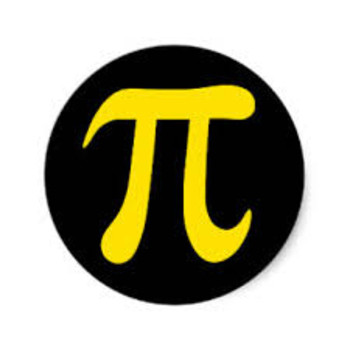If a standard 6-sided die is rolled, what is the probability that the result will be at least 3 or an even number?
2 Answers
Explanation:
The outcomes that satisfy the given requirement are
The cardinality (number of elements) in this collection is
The cardinality of all possible outcomes, of the set
The probability of satisfying the given requirement is
Explanation:
Two conditions are specified, but we need to note the use of the word "OR". This widens the options, because we want to have
Either a number greater than 3 (which can be
OR an even number (which can be
"OR" in probability implies that we have to ADD the probabilities.
However in this case the outcomes are not mutually exclusive; it is possible to have a number that is greater than 3 as well being an even number. These may not be counted twice.
Let G be 'Greater than 3' and E be 'Even'.
We could also just list the possible outcomes and count the ones that meet the conditions:

